Biohacking, one of the more bearable buzz words of recent times, refers to the practice of using science, technology and self-experimentation to improve the body’s function and performance. When I was recently invited to experience the Alpina Gstaad’s new three-day wellness program — designed to “biohack your ski trip for improved performance and mood” — I didn’t hesitate. Here was not only a chance to improve my disastrous skiing but also to restore my pitiful liver, which had taken a particularly heavy beating in the festive run up to 2025. What better place to kick off “Dry January” than a five-star spa tucked away in the Bernese Highlands?
Two pictures hang prominently in the lobby of the Alpina Gstaad — one of a cow, one of a rhinoceros — a nod to the hotel’s founders: Marcel Bach, a Gstaad native, or Gstaadoise, whose family name echoes down the promenade; and Jean-Claude Mimran, a French businessman known as “the Sugar King of Africa” for the sugar cane fortune he amassed in Senegal. Mimran used to visit Gstaad but never skied, until he met local guide Bach; the rest, as they say, is history. Construction of the Alpina Gstaad took fourteen years, owing to tough Swiss building regulations, but this gave the design team ample time to go whole hog and source the finest local materials: timber reclaimed from old Swiss farms, stones quarried from the nearby Lake Brienz. As you climb the Alpina Gstaad’s grand staircase, look up at the thirty-two-paneled wooden fresco, an eighteenth-century marvel salvaged from the ruins of an old farmhouse.
Upon arrival I head straight to the hotel’s 21,000 square-foot Six Senses Spa and take a dip in the Olympic-sized salt pool, one of Gstaad’s only non-chlorine options. “Although the local village pool is not to be sniffed at,” says my friend and Gstaadoise John-Taki, “Typical Swiss, they can even make a public pool seem clean.”
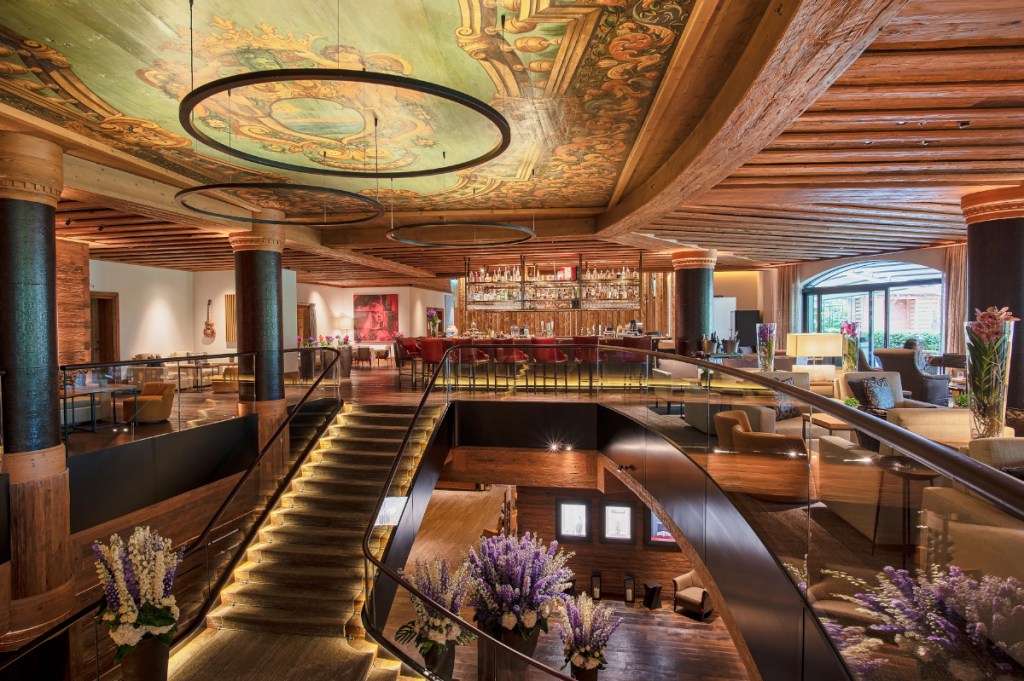
The Alpina Gstaad has five restaurants, four of which are overseen by executive chef Martin Göschel. The first night I dine at Megu, the domain of sushi master Tsutomu Kugota. The interior, designed by French designer Noé Duchaufour-Lawrance, is a Swiss-Asian fusion, incorporating antique kimonos, Alpine fir wood and slatted partitions inspired by Kyoto temples. I’m treated to a seven-course omakase menu. Notable highlights are the crispy, citrusy asparagus crumbed with Kaki no Tane, the Silver Cod marinated in Saikyo Miso and the melt-in-your-mouth Kagero Wagyu. Sticking to my Dry January guns, I resist sampling the sake menu, one of Switzerland’s largest collections of the rice wine. Unsurprisingly, Megu is ranked by Gault et Millau as Switzerland’s best Asian restaurant.
In the morning I awake to fresh snow and hit the slopes, meeting John-Taki and his daughter at the top of the Saanenmöser chairlift. I immediately learn two lessons about ski outfitting: never go for the larger, more comfortable boots (you don’t need “wriggle room” when you’re locked in) and never talk down your ski game to a ski shop assistant — they will lump you with beginner’s skis. I paid the price when JT, a brilliant, daring sportsman like his father Taki (this magazine’s legendary former High Life columnist) insisted we begin off-piste and launched himself off the side of the run into three feet of powder. I spent the next twenty minutes cartwheeling down the mountainside, tearing a hole in my jacket and cursing Karim from the ski shop. Once back on my feet (at the bottom), we traversed the Chalterbrunne Valley, threading through crumbling powder against the glorious backdrop of the Wildhorn and Diablerets massifs.
We lunch at the Eagle, Gstaad’s iconic private member’s club and restaurant, where we’re welcomed by the club’s two head waiters, wearing traditional Swiss folkwear — “the only real gentlemen in Gstaad,” says JT. Salad, beef consommé, arrabbiata so good we order it twice. Membership of the Eagle passes through the blood but if you charm enough people you might worm your way in meritocratically — although at any point the old members can kick you out. Rejectees tend to go to the Club de Luge across the valley, known to Eagle members as “Club des Louche.”
After lunch we ski several runs, this time joined by JT’s dog Penny, a brown Münsterländer who leaps from the chairlift and chases her owner down the mountain, stopping only to lick her paws when they freeze over.
Back at the Alpina Gstaad, my biohacking experience begins with my first “performance accelerator session,” a hyperbaric oxygen chamber (HBOT). This involves lying down in a cigar-shaped chamber where the air pressure is 1.5 to three times higher than normal, as it fills with 100 percent oxygen. The elevated pressure allows more oxygen to dissolve in the blood, which provides healing for various medical conditions. Beloved by athletes LeBron James, Michael Phelps and Cristiano Ronaldo, hyperbaric oxygen therapy treats wounds and repairs damaged tissue by rejuvenating your skin, blood vessels and connective tissues. Novak Djokovic uses HBOT for recovery and to prepare for tournaments; Justin Bieber uses it for detoxification and anxiety — and purportedly sleeps in his chamber.
I pull a Bieber and gas myself to sleep, waking an hour later feeling mighty refreshed and oxygenated. I’m then toweled and robed and led to the Himalayan Salt Grotto for ginger tea.
Dinner is at Martin Göschel, a fine dining Michelin-starred restaurant which uses exclusively Swiss proteins and produce. Of particular note is the Lostallo Salmon starter, garnished with pickled onions and hints of sumac and portulaca; also the Appenzeller duck breast and ragout main, spiced with pain d’épices, potato foam and a robust pepper sauce. I’m generally not one for foam-covered food but when it’s this delicious it’s worth forgoing my caveman proclivity for heartier fare. Towards the end of the meal, Göschel introduces himself. He is trim, considerate and proper — a bit like his food — and must be the healthiest-looking chef I’ve ever met. After dinner I’m shown the cigar bar: low lighting, brown leather armchairs, fifteen different cigar labels. When Bach was presented with the architect’s initial plans for the space, he ripped them up and sent him to Havana for three weeks. The resulting effect is betrayed only by windows looking onto snow-capped conifers and the towering Diablerets Glacier.
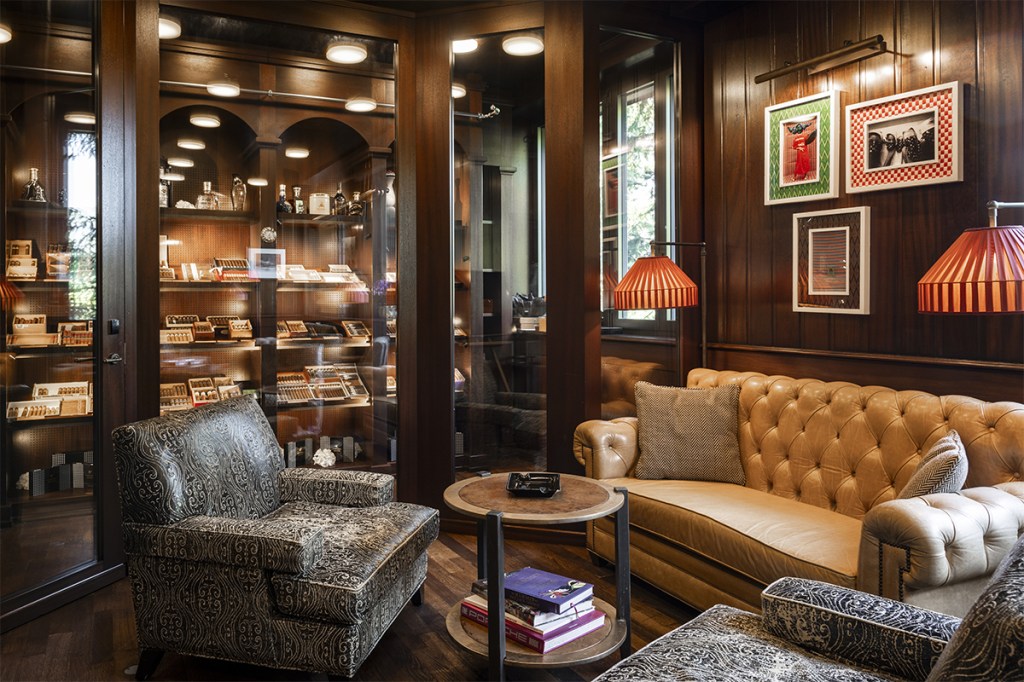
Day two of my Performance Accelerator program, this time overseen by the lovely Athenian spa specialist, Antonis. I begin on the Pulse Electromagnetic Field (PEMF) bed. PEMF helps your body to absorb more oxygen. As Antonis explains, “It’s like a big road, say the autobahn, blocked with cars, or ‘cells.’ The PEMF helps clear the road by separating the cells, which leads to better communication between them, better circulation, more energy and less inflammation.” I expected mild electric shocks but barely felt a thing. After fifteen minutes, I’m transferred to a Peloton and hooked up to a HyperMax Oxygen machine. Here you are breathing 92-97 percent pure oxygen through a mask (normal air is made up of approximately 21 percent oxygen), which means that significantly higher levels of O2 are being absorbed by your cells, tissues and lungs. When combined with cardio, you are able to absorb up to 99 percent oxygen. For ten minutes I felt like I could cycle to Sweden.
Next up: Red-Light Therapy. Not one for the claustrophobic, this treatment involves lying down on a glass bed as a glass cover clamps down over you. Red light works by stimulating Adenosine Triphosphate (ATP) energy, which is stored within the molecule, and considered the primary energy currency of our cells. Essentially, when a cell needs energy, it breaks down ATP to release it. A true hack then. It also helps with skin rejuvenation, circulation and the reduction of inflammation. Afterwards, I do three minutes in a cryotherapy chamber, where extremely cold temperatures (between -184°F and -310°F) trigger the body’s natural response, which can help with pain relief, inflammation and muscle recovery. It is also thought to boost the mood — I did feel euphoric once out of the freezer. Finally, I experience a Hor-me massage, a technique where warm cotton patches of oil and spice (cumin, nutmeg, ginger) are placed on certain pressure points. A traditional Tibetan grandmother’s remedy, it is thought to restore sleep, release tension and relax the body and mind.
After overnight rain, there was no skiing to be done on my final day. Instead, I meet JT for lunch at Gstaad’s oldest hotel, the Posthotel Rössli, a cozy, chalet-style establishment run by the fourth generation of the Widmer family. Located in the middle of the town’s busy promenade, alongside Louis Vuitton, Bvlgari and Moncler, the Post (once a post office) is a relic of the town’s past, before the railroad and the Ski Club were built at the turn of the twentieth century. It shows up in Erwin Shaw’s 1948 novel The Young Lions, the story of three ordinary soldiers in World War Two. I order croûte au fromage, a classic Swiss dish made up of yesterday’s bread, topped with ham, cheese, egg, and thrown in the oven. JT orders the cream of broccoli soup with turnip. After lunch we walk around town and stop at Charly’s for “Switzerland’s best hot chocolate.”
On my final evening, I meet with the Alpina Gstaad’s charming general manager Nadine, at the hotel’s Japanese whisky bar. Here, I momentarily break my sobriety (it’s part of the job) and let myself drift off with the sweet, smoky fumes of a glass of twelve-year-old Hibiki. The bar offers fifty-two different whiskies, the largest collection in Switzerland, and boasts some very rare bottles — some fetching in the hundreds of thousands of Swiss Francs. Dinner afterwards is at the brand-new Monti, a sharing style restaurant with meat and cheese trolleys and whole fish selections. I go for the braised oxtail with local root vegetables and am not disappointed. The clientele is typically Gstaad: an Ivorian couple who have just dropped their child off at Le Rosey, a youngish Russian couple who make several jaunts to the loo, and a German businessman with what looks like a professional dining companion.
In the morning, I board the GoldenPass Express to Zurich, a timely, spotless rail service that offers panoramic views of the region’s mountain passes, lakes and peaks, and am reminded of a passage from Shaw: “The towns we passed through were clean and orderly, the buildings, with their great barns and sweeping, slanted eaves, witnesses to a solid, substantial, peaceful life, firmly rooted in a prosperous past.” Is it any surprise that the Swiss consistently rank among the happiest people in the world? Looking back on my trip, alas — I hadn’t been able to hack my skiing. But I had certainly hacked my bio, and I was returning to London with clearer lungs, a happier liver, and, dare I say it, a more charmed view of the world.
Orson was a guest of the Alpina Gstaad. Their Ski Restoration program runs at 1,500 CHF, excluding accommodation.



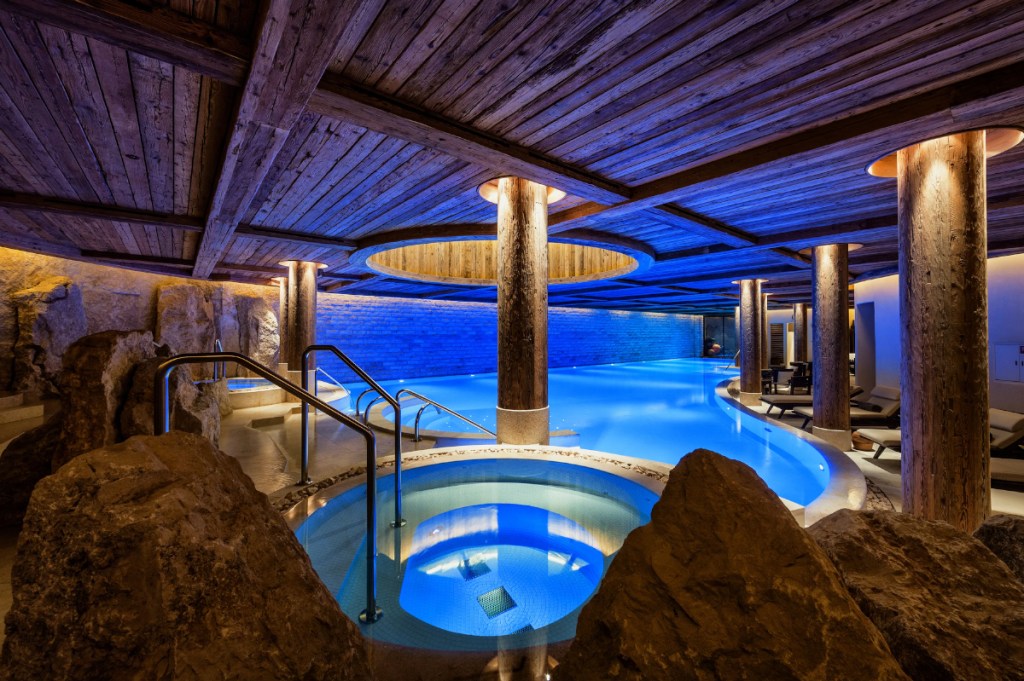







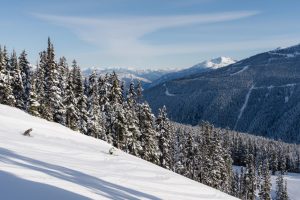

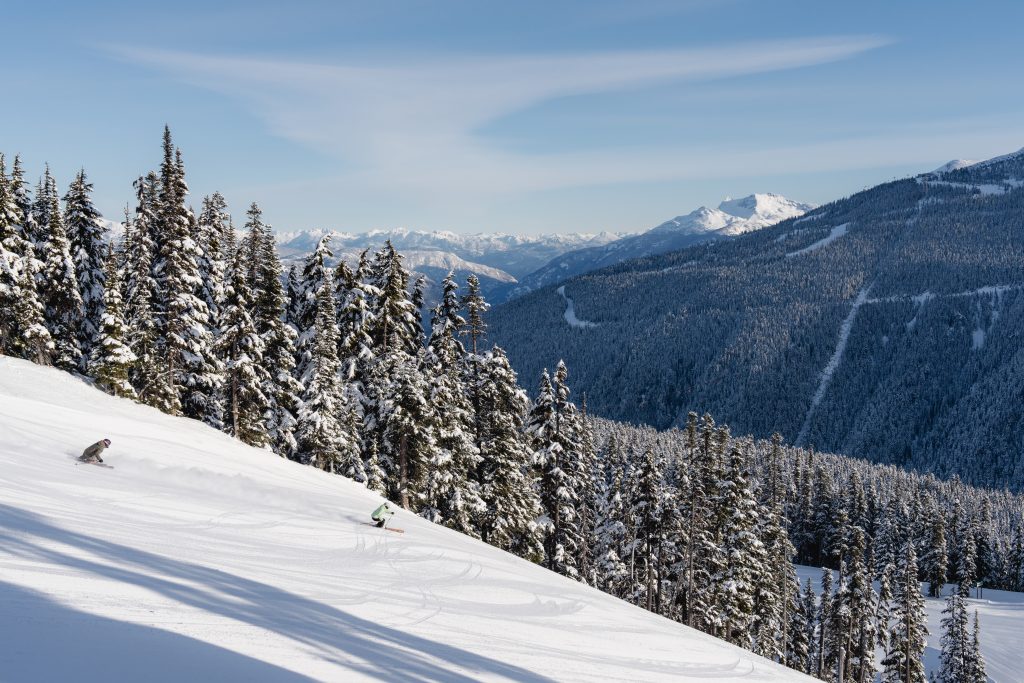
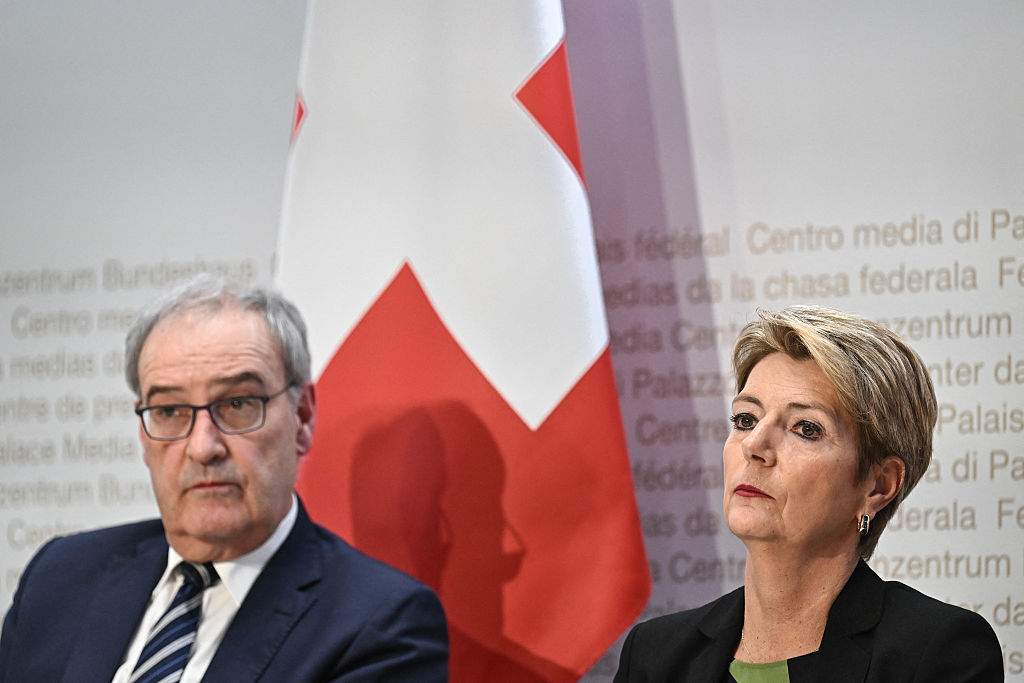
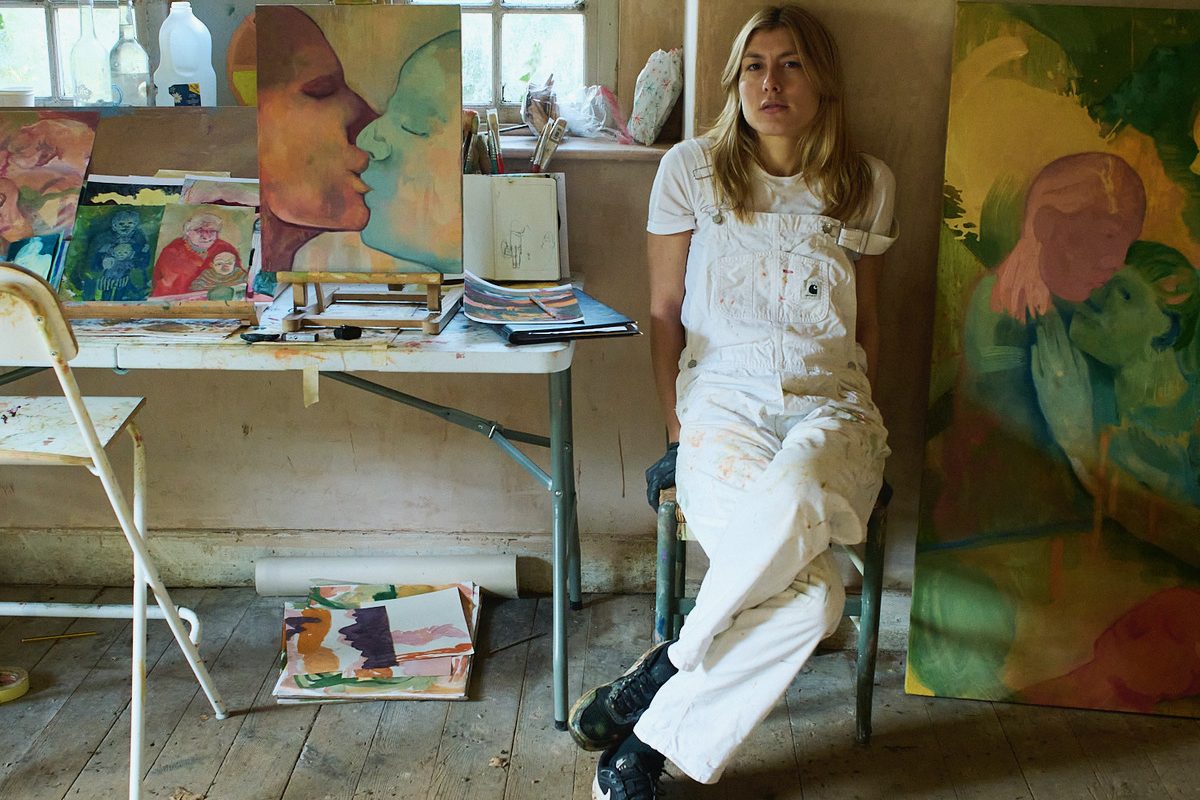
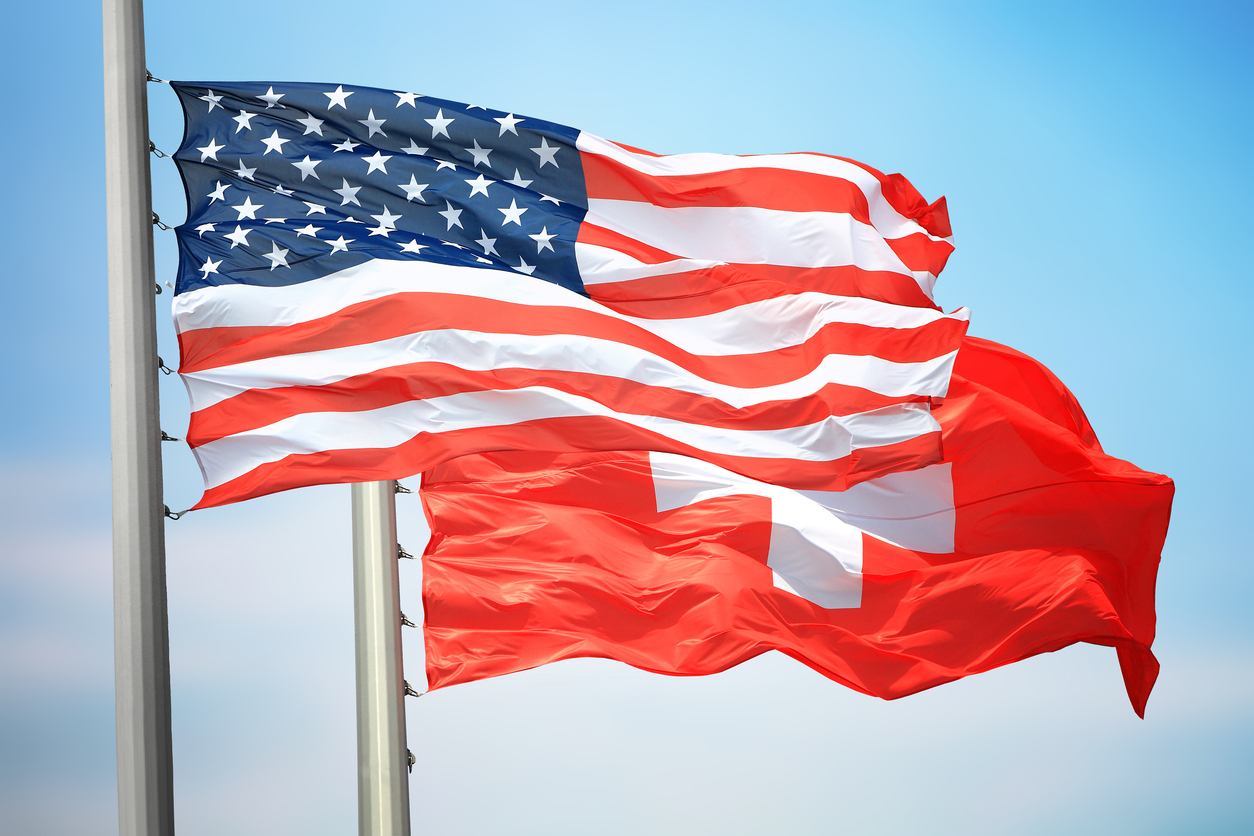
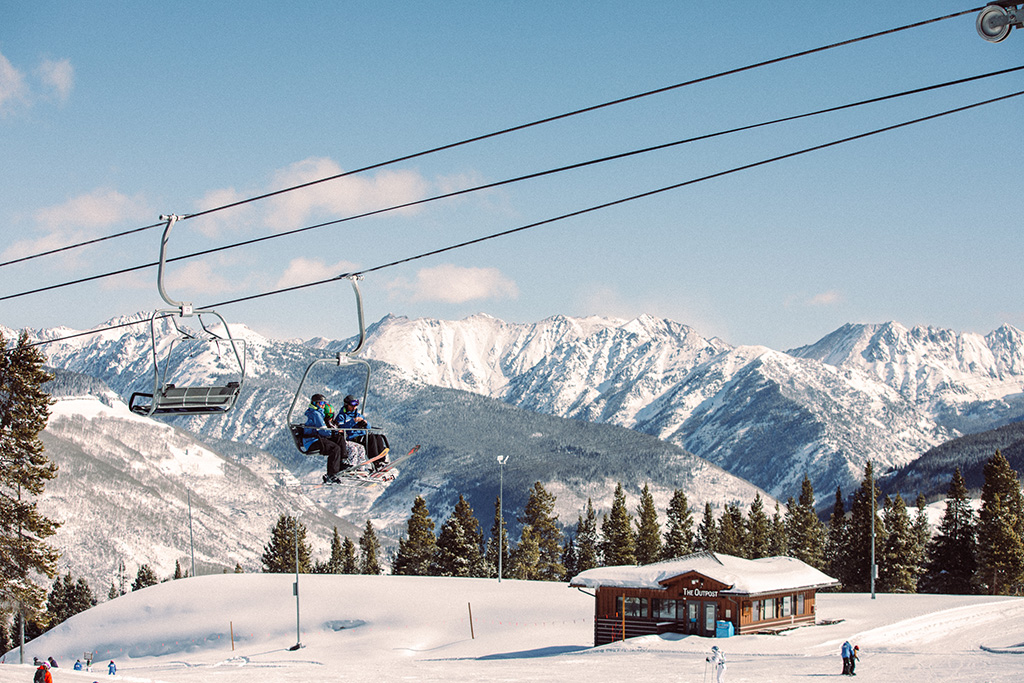


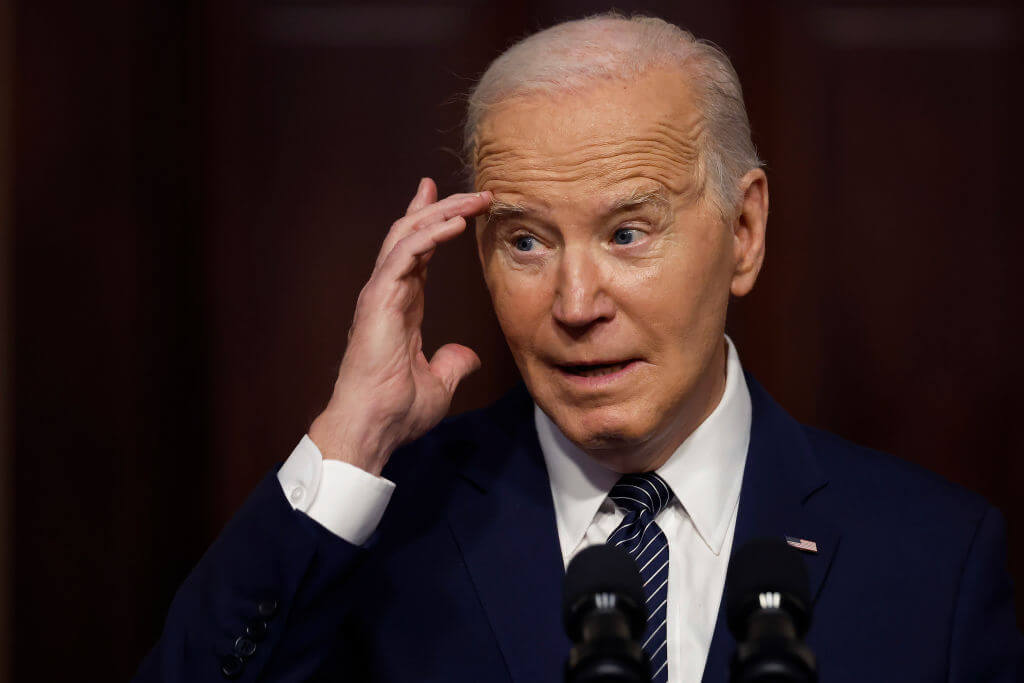


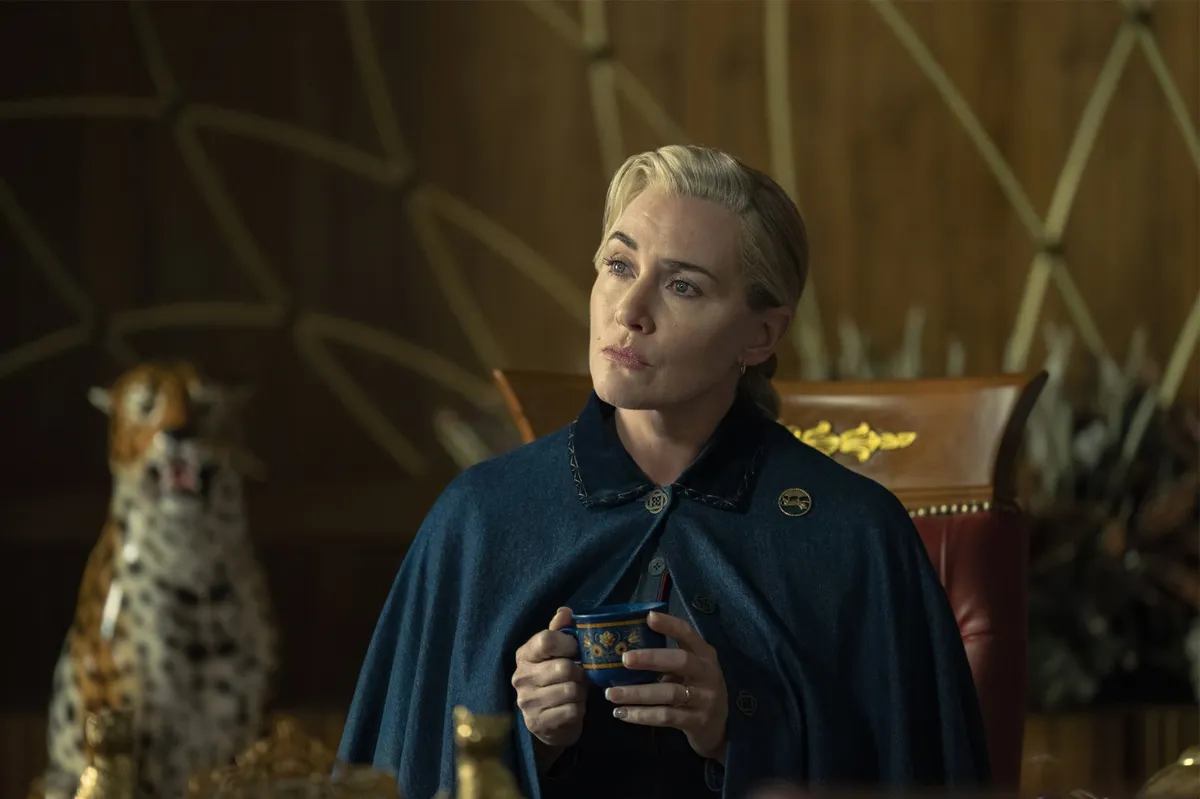
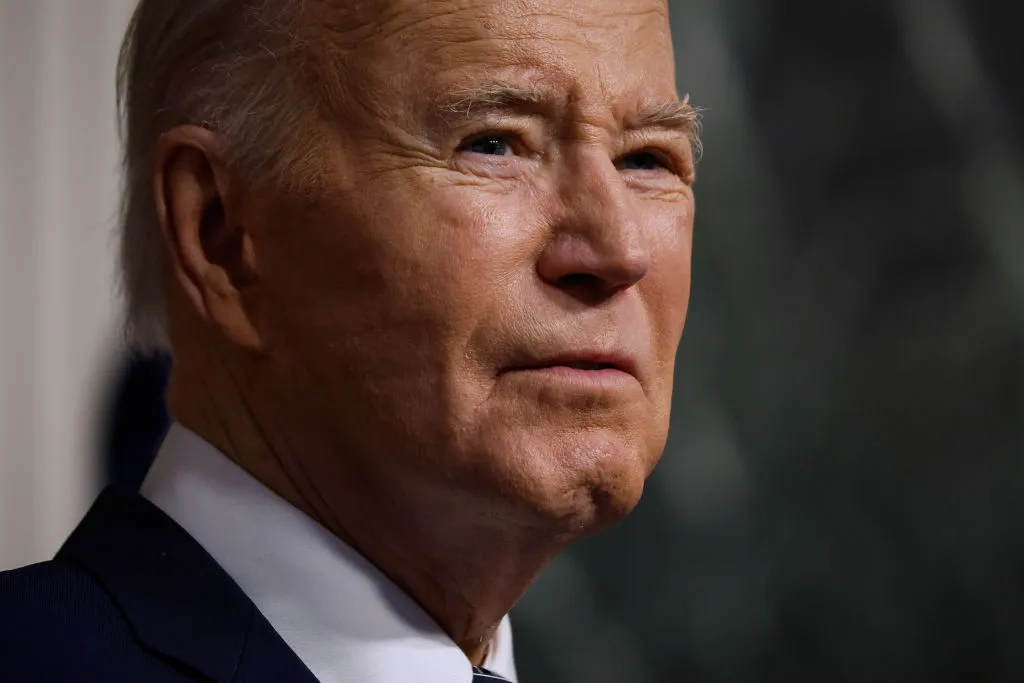

Leave a Reply